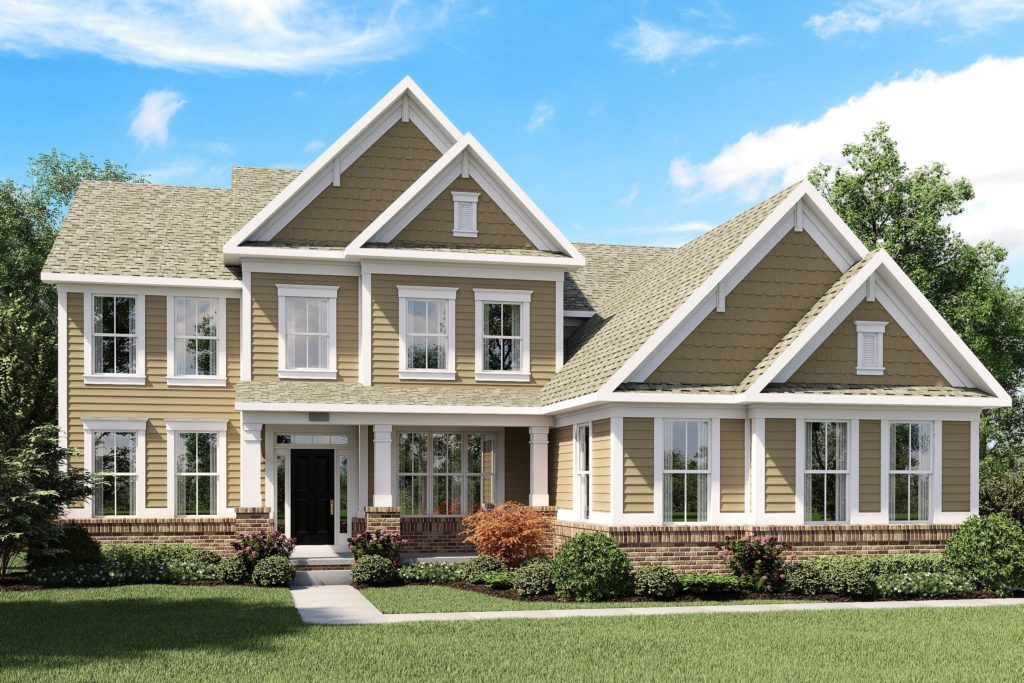By Ken Ryan

All recessions are not created equal, and neither are the roads to recovery. Whereas a decade ago housing was seen as the big culprit in driving the U.S. economy into the abyss during the Great Recession, this time around the housing market could lead U.S. economic recovery once the COVID-19 pandemic subsides, experts say.
The gross domestic product (GDP) fell by an annual rate of 4.8% in the first quarter of 2020, and a much larger decline is expected for Q2. Technically, it takes two quarters of negative growth to be classified as a recession; however, most economists believe a second consecutive down quarter is inevitable.
“The U.S. is clearly entering a recession; the only question is how bad it will be,” said Daniel McCue, senior research associate for Harvard University’s Joint Center for Housing Studies (JCHS). McCue said that while it’s too soon to say how far the economy will fall—and when the slide will end—the housing industry may be “poised to help lead the recovery when it occurs, unlike after the Great Recession of the late 2000s.”
Downturn is swift but short-lived

History suggests a robust rebound will follow this considerable but temporary economic shock. That’s the position of the National Association of Home Builders (NAHB), which reports that housing fundamentals were in good shape before the coronavirus pandemic. According to Robert Dietz, chief economist of the NAHB, the housing sector entered this downturn underbuilt—which places it in a good position to recover more quickly than other sectors due to both pent-up housing demand and low interest rates.
JCHS’ McCue said the housing industry has often led the way out of recessions because recessions lead to interest-rate drops that lower borrowing costs for both homebuyers and builders, thereby spurring homebuilding and the many related durable consumer goods industries that drive GDP growth, he noted.
While the steepness of the current downturn makes it hard to compare with past recessions, McCue said one key difference between the Great Recession and today is the lack of a “substantial overhang” of distressed and foreclosed properties, which after the last recession needed to be absorbed before housing construction could help the economy recover.
According to the JCHS, there were 2 million fewer vacant housing units in 2020 than there were in the fourth quarter of 2007, even though the number of households has grown by more than 12 million.
Resumption in construction could hasten the rebound

Some measures taken to slow the spread of the outbreak, such as halting non-essential residential construction and suspending in-person permitting processes, have slowed the pace of construction, depressing construction activity relative to demand. “This could mean a sharper supply response in the eventual recovery if these restrictions are relaxed, or a more gradual response if not,” McCue explained.
Despite limitations forced on residential construction in recent months, sales of new single-family houses in April edged upward 0.6% to a seasonally adjusted rate of 623,000. (Note: The NAHB had expected a 20% decline.) “The April data for new home sales show the potential for housing to lead any recovery for the overall economy,” said Dean Mon, NAHB chairman. “Because the housing industry entered this downturn underbuilt, there exists considerable pent-up housing demand on the sidelines. The experience of the virus mitigation has emphasized the importance of home for most Americans.”
